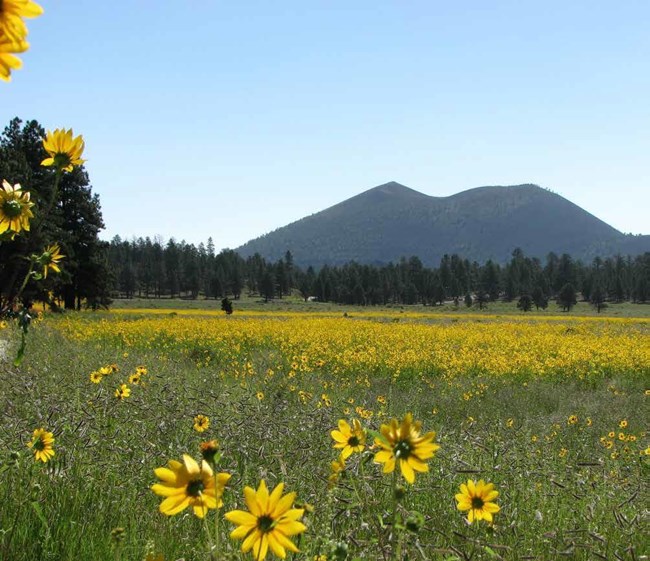Learn about NRCAs
The Natural Resource Condition Assessment (NRCA) Program provides framework, funding, and publishing support to parks to aid in the synthesis and documentation of natural resource conditions. Condition assessment reports are a tool to describe selected park resources, and record a snapshot of their current condition, identify trends, and identify potential or current threats and stressors. Understanding the condition and trend of natural resources is key for parks and NPS planners to appropriately prioritize and allocate stewardship resources.

NPS Photo
Traditional NRCA Report: 2018
In an effort to better understand and manage the natural resources of the monument, a Natural Resource Condition Assessment was completed and published in 2018. In a collaborative effort between the National Park Service and Utah State University, staff identified nine natural resource topics to assess in the study:
- Viewshed |
||
- Night sky |
||
- Air quality |
||
- Soundscape |
||
- Recent volcanic cinder terrain |
||
- Volcanic features |
||
- Ponderosa pine (Pinus poderosa) and Pinyon-Juniper (P. edulis-Juniperus spp.) |
||
- Sensitive and vulnerable tree species |
||
- Sunset Crater beardtongue (Penstemon clutei) |
Most of the resource assessments resulted in a good condition rating, one of moderate concern (air quality), and conditions unknown (and therefore not rated) for sensitive trees and Sunset Crater Beardtongue. The natural resources at the monument face many threats due to an ever-increasing human population within surrounding cities, and increasing temperatures and erratic precipitation due to climate change. A proactive science program will become even more important in influencing resource conditions and identifying necessary adaptations in a rapidly changing environment.
For other reports and natural resource datasets visit the NPS Data Store.
Source: NPS DataStore Collection 7765 (results presented are a subset). To search for additional information, visit the NPS DataStore.
Last updated: June 28, 2022
